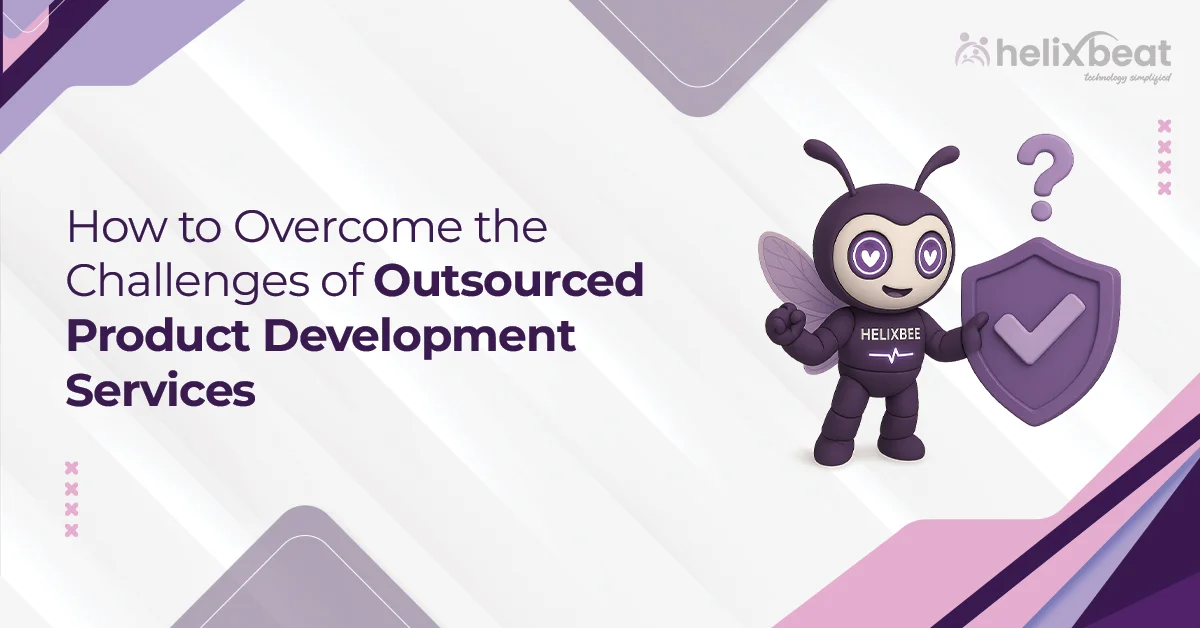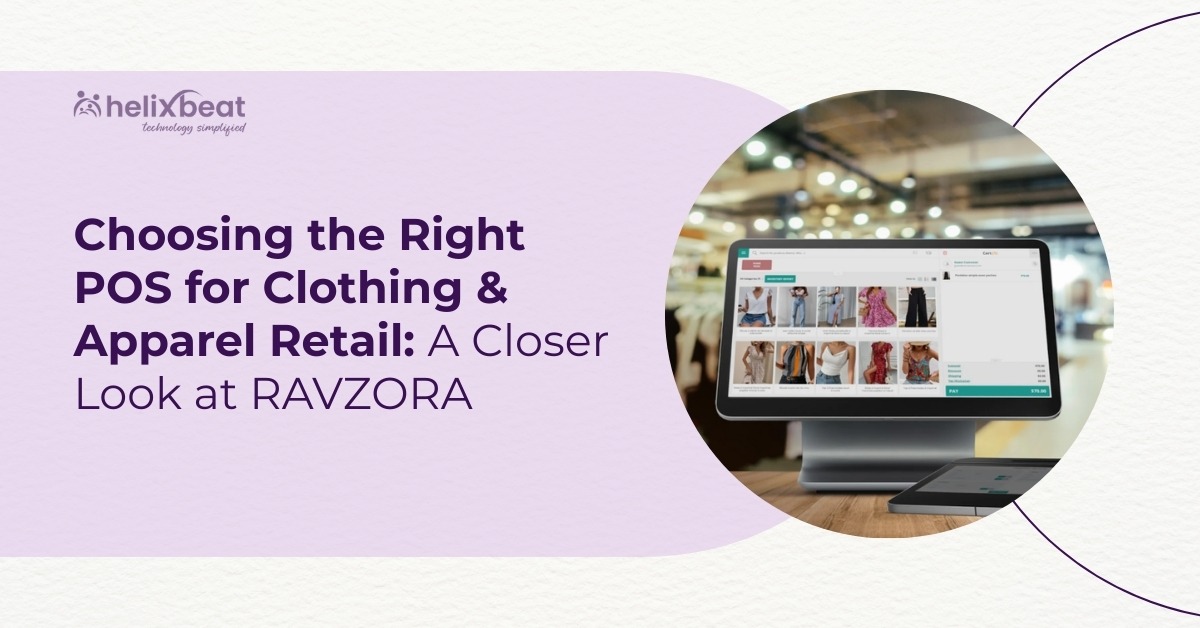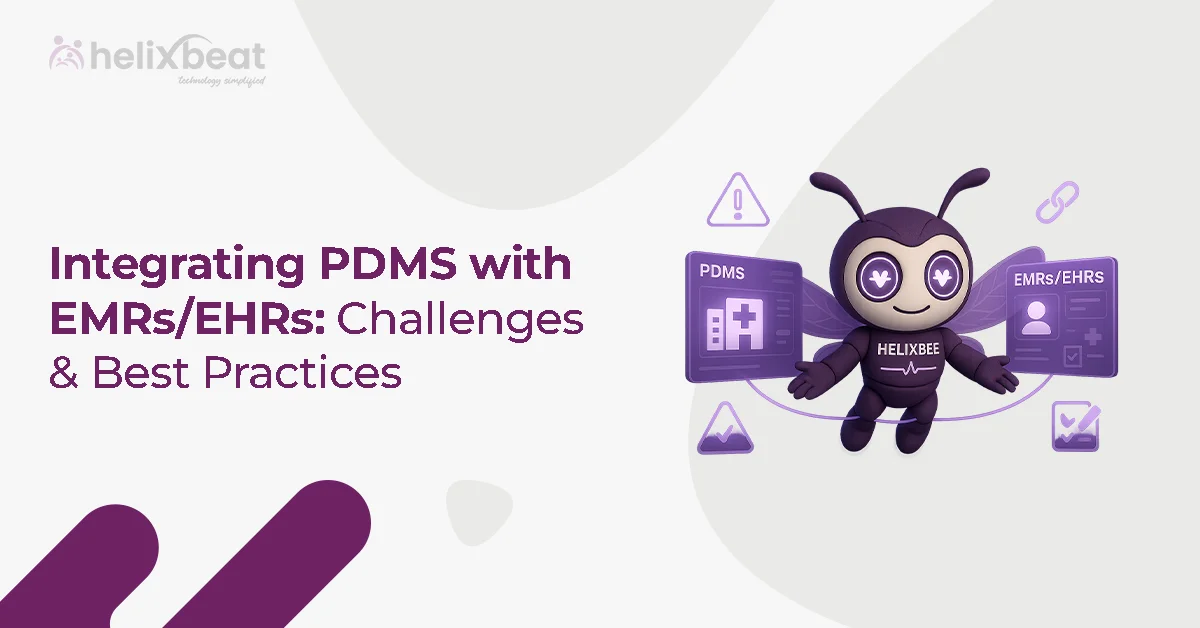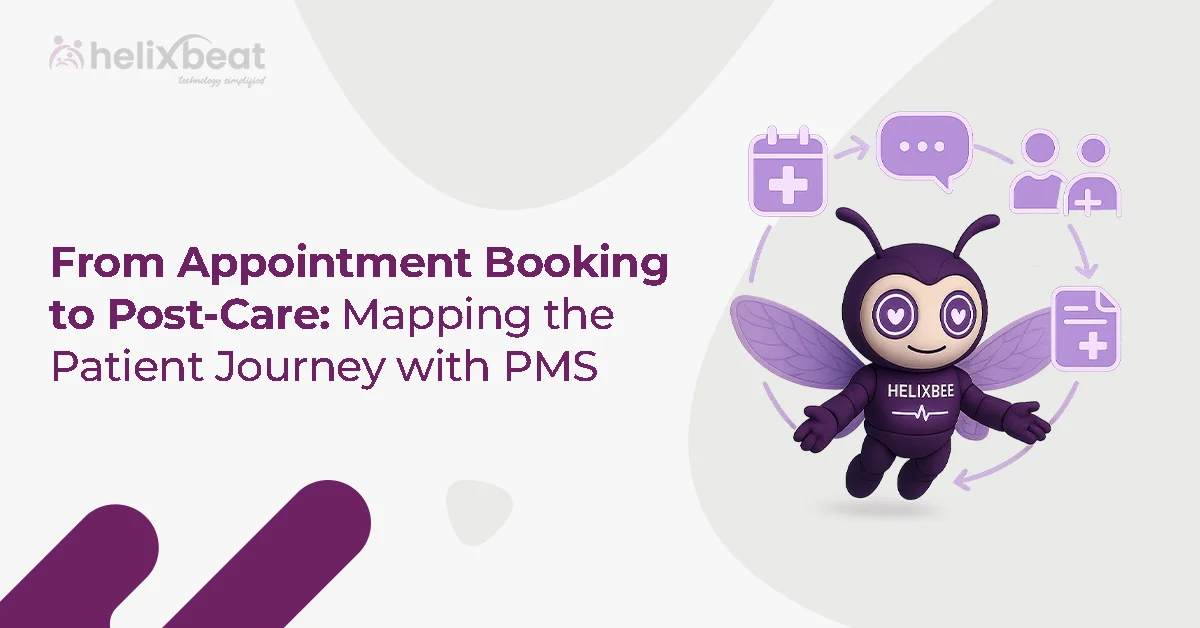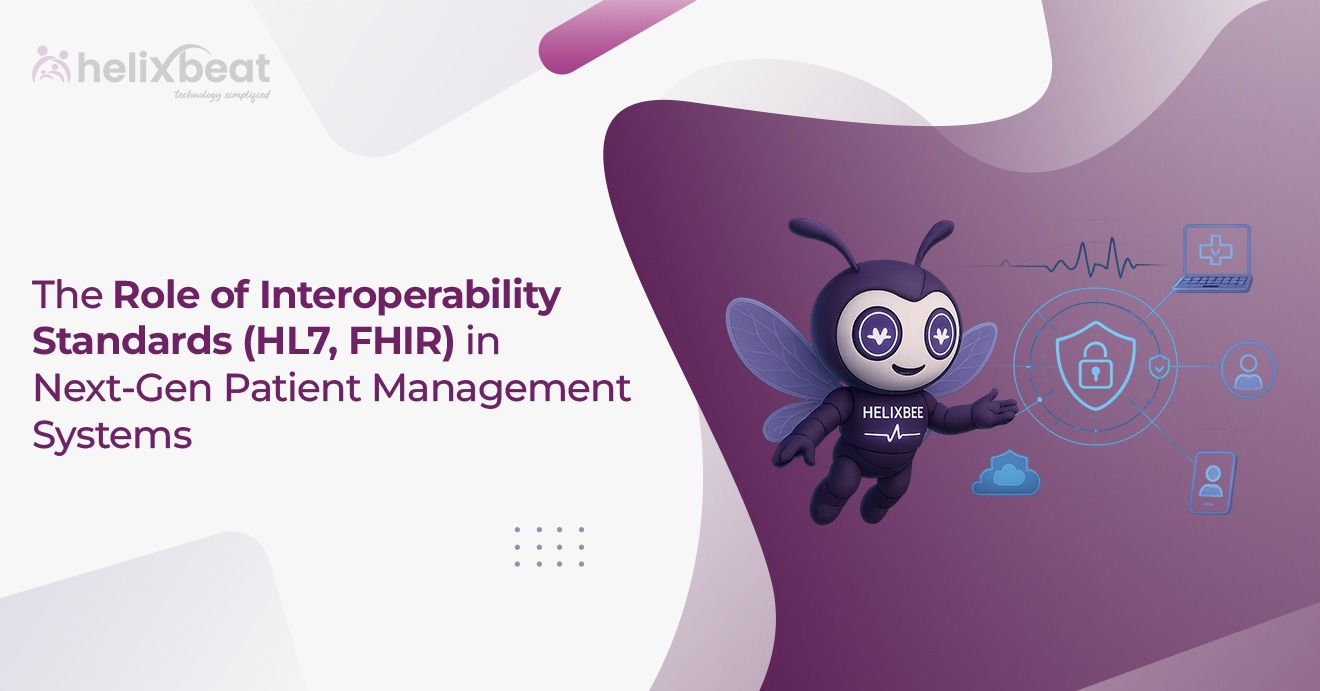Picture this: you’ve just completed a routine check-up at your doctor’s office. Instead of waiting for weeks to receive a confusing paper bill or grappling with the complexities of insurance claims, your payment is processed seamlessly in just a few seconds. You receive a clear, detailed breakdown of the costs directly on your phone. It’s a stress-free experience with no surprises—just a straightforward and efficient payment process.
This scenario isn’t merely a vision of the future but quickly becoming a reality. Healthcare payments are undergoing a big swing. With the introduction of new technologies, the payment process for medical services is becoming faster, simpler, and more user-friendly for patients.
In this blog, we will examine the constructive trends shaping healthcare payments’ future. We will also highlight how PayNova is playing a central role in making this process easier for both patients and healthcare providers. By embracing technology-driven solutions and more intelligent systems, the future of healthcare payments is not only here—it’s actively facilitating smooth transactions.
Table of Contents
Current Challenges in Healthcare Payments
Despite advancements in medical technology, the payment processes in healthcare have lagged behind. Traditional payment methods often involve paper bills, manual data entry, and prolonged processing times, leading to patient frustration and administrative burdens. Additionally, the complexity of insurance claims, lack of price transparency, and concerns over data security further complicate the payment landscape.
Trends Shaping the Future of Healthcare Payments
1. Real-Time Payment Processing
At its core, real-time payment processing allows money to move instantly from a payer (like a patient or insurance company) to a recipient (a healthcare provider, hospital, or clinic). Unlike traditional payment systems that require batch processing or extended clearing times, real-time payments happen within seconds. The result? A faster, smoother, and more transparent transaction for everyone involved.
- A clinic using real-time payments can instantly confirm transactions during service.
- This eliminates billing delays, improving collections and enhancing patient trust.
2. AI and Machine Learning in Payment Systems
No industry is immune to the effects of AI. In the near future, payment process automation driven by machine learning (ML) and other AI technologies is expected to become the norm. Currently, 40% of Americans believe AI will help reduce mistakes in healthcare, yet 60% would feel uncomfortable if their healthcare provider used AI in treatment. Despite these mixed feelings, AI in healthcare is here to stay, particularly in payment technologies. AI can analyze vast amounts of data and provide real-time insights that enhance cash flow forecasting and improve billing accuracy.
For instance, it can identify errors before claims are submitted, thereby reducing rejections. Addressing these denials can be time-consuming, so accurate submissions allow staff to focus more on patient care. Furthermore, AI will play a crucial role in security by offering advanced solutions for account validation and fraud management. It can automatically detect and prevent fraudulent activities as well. In the coming months and years, we can expect greater integration of AI with existing technologies. This will include features like virtual assistants and better support for payment-related disputes in the tools you already use.
PayNova stands at the forefront of this transformation. By integrating AI-driven workflows, they’re turning once-clunky payment systems into a seamless experience for both patients and providers. With the PayNova payment gateway, healthcare payments are no longer just a transaction—they’re an experience rooted in efficiency, transparency, and trust.
3. Contactless Payments and Digital Wallets
The COVID-19 pandemic accelerated the adoption of contactless payments, and this trend is here to stay. Healthcare facilities increasingly offer digital wallets and contactless payment options, allowing patients to pay conveniently via mobile devices or wearables.
PayNova by Helixbeat supports a wide range of payment methods, including digital wallets, making it easy for patients to pay using their preferred method.
4. Transparent Pricing Models
The demand for price transparency in healthcare is growing. Patients want to know the cost of medical services upfront to make informed financial decisions. Modern payment solutions are now incorporating tools that provide clear cost estimates and breakdowns before treatment.
PayNova is leading the charge with its transparent pricing features, empowering patients with detailed cost insights, curbing hidden costs and reducing billing surprises.
5. Integrated Payment Platforms
Rather than relying on multiple systems, integrated payment platforms unify billing, collections, and payment processing into a single interface. This reduces administrative overhead for providers and simplifies the experience for patients.
PayNova’s all-in-one platform is designed to seamlessly integrate with existing healthcare systems, providing a comprehensive solution that meets the needs of both providers and patients.
6. Patient-Centric Payment Plans
Flexible payment plans are becoming a cornerstone of healthcare payments, enabling patients to manage medical expenses without financial strain. Personalized financing options ensure that healthcare remains accessible to everyone, regardless of their financial situation.
PayNova Gateway offers tailored plans that align with patients’ budgets, fostering trust and improving patient satisfaction.
7. Blockchain for Enhanced Security
Cybercriminals target personal health information (PHI). Why? Because it’s extremely valuable on the black market—even more so than credit card information.
Robust measures that protect PHI are essential. Blockchain technology is emerging as a powerful tool for securing healthcare payments. By creating immutable records of transactions, blockchain ensures data integrity, reduces fraud, and enhances trust across the payment ecosystem.
PayNova is exploring blockchain’s potential to strengthen security and privacy in healthcare transactions, solidifying its position as an industry pioneer.

How PayNova Is Shaping the Future of Healthcare Payments
A Comprehensive Patient-Centric Approach
Paynova is a top-notch payment gateway exclusively for healthcare transactions. It uses cutting-edge technology with a deep understanding of the health industry and brings out the trending payment innovation.
1. Integrate with any healthcare system with ease
One of PayNova’s key strengths lies in its ability to integrate with existing healthcare systems, including electronic health records (EHR) and practice management software. This seamless integration ensures a smooth flow of information between providers and patients, reducing redundancies and enhancing efficiency.
2. Advanced Security Measures
Data breaches and cyberthreats are becoming more common. It is very crucial to ensure the security of patient payment information is paramount. PayNova employs state-of-the-art encryption and compliance protocols, such as PCI DSS and HIPAA certification and standards. It safeguards sensitive data at all costs. With PayNova, patients can trust that their financial information is protected at all times.
3. Personalization Through Data Analytics
PayNova leverages data analytics to deliver personalized payment experiences. By analyzing patient data, the platform can offer tailored payment plans, send timely reminders, and provide insights into payment trends. This level of personalization improves stronger relationships between providers and patients, ultimately leading to better outcomes.
4. Enhanced Accessibility and Inclusivity
Healthcare payments should be accessible to everyone, regardless of their financial situation. PayNova is designed with inclusivity in mind, offering multilingual support and accommodating various payment methods, from credit cards to digital wallets. This ensures that all patients can easily navigate the payment process regardless of their background.
5. Future-Ready Innovations
PayNova overhauls the outdated payment methods, and it builds to be ready for future innovation. They are exploring exciting new technologies like blockchain to make transactions safe and transparent, ensuring patients feel secure. Plus, their AI-powered chatbots are available to help answer payment questions in real-time, making life easier for patients. By always looking to the future, PayNova is not just influencing how healthcare payments work; they are truly redefining the experience for everyone involved.

Tips for Providers Using Healthcare Payment Technology
Adopting healthcare payment technology can improve your practice’s efficiency and security. Here are four tips to maximize the value of these technologies:
- Educate your staff and patients: Train your staff on how the technology works and its benefits. Inform your patients about their new payment options. Create guides or FAQs for using online payment systems.
- Assess your current technology: Review your existing systems to find inefficiencies or security issues. Understanding what needs upgrading is crucial for technology integration.
- Use analytics: Use analytics to monitor your payment system’s performance. This helps identify delays, patient behaviors, and billing errors, improving your processes. Set up dashboards to track billing and payment KPIs.
- Attend industry events: Keep up-to-date with the latest in payment technology by attending conferences and seminars. This is great for learning and networking.

Conclusion
The current challenges in healthcare payments stem from a mix of outdated systems, increasing financial complexity, and rising patient expectations. Addressing these issues requires healthcare providers to adopt innovative solutions that prioritize transparency, efficiency, and security.
By tackling these pain points head-on, providers can create a more patient-centric payment experience while improving their own operational efficiency and financial performance. With healthcare payment gateway like PayNova leading the charge, the healthcare industry is poised for a transformative shift toward a more streamlined and modern payment ecosystem.
Frequently Asked Questions
- What technologies are used in PayNova?
PayNova integrates several advanced technologies to optimize healthcare payment processes. These include Artificial Intelligence (AI), Machine Learning (ML), Real-Time Payment Processing, Blockchain for secure transactions, and Cloud Computing for data storage and scalability. These technologies work together to enhance payment accuracy, speed, security, and transparency.
- How does PayNova improve payment security?
PayNova ensures the highest level of security for healthcare payments by utilizing encryption protocols, blockchain technology, and AI-driven fraud detection. This prevents unauthorized access to sensitive patient data and ensures that payments are processed safely, complying with industry regulations like HIPAA.
- Does PayNova integrate with existing healthcare software systems?
Yes, PayNova is designed to seamlessly integrate with existing Electronic Health Record (EHR) and practice management systems. This allows healthcare providers to process payments directly within their current workflows, ensuring efficiency and reducing the risk of errors.
- How does PayNova handle patient billing and payment plans?
PayNova uses AI to personalize billing and payment plans according to the patient’s financial profile. Patients can receive clear, itemized bills and choose flexible payment options, such as installment plans, directly through PayNova’s user-friendly platform.
- What is the role of AI in PayNova’s system?
AI in PayNova’s system is used for automating billing, predicting insurance claim outcomes, personalizing payment plans, and detecting fraudulent activities. It significantly reduces manual errors, enhances operational efficiency, and improves patient satisfaction by offering tailored solutions.
- Can PayNova process payments in real-time?
Yes, PayNova’s platform enables real-time payment processing. Patients can make payments instantly after receiving services, and these payments are automatically recorded in the provider’s system, ensuring immediate and accurate financial data management.
- How does PayNova help reduce healthcare payment errors?
By utilizing AI and machine learning, PayNova minimizes human error in billing and payment processing. The system automates many of the manual steps, ensuring that charges are accurately applied, insurance claims are correctly processed, and payments are applied to the right accounts.
- Is PayNova compatible with mobile devices?
Yes, PayNova offers a mobile-friendly platform, allowing patients to access their billing information, make payments, and manage their payment plans directly from their smartphones. This mobile compatibility enhances convenience and makes it easier for patients to stay on top of their healthcare payments.








